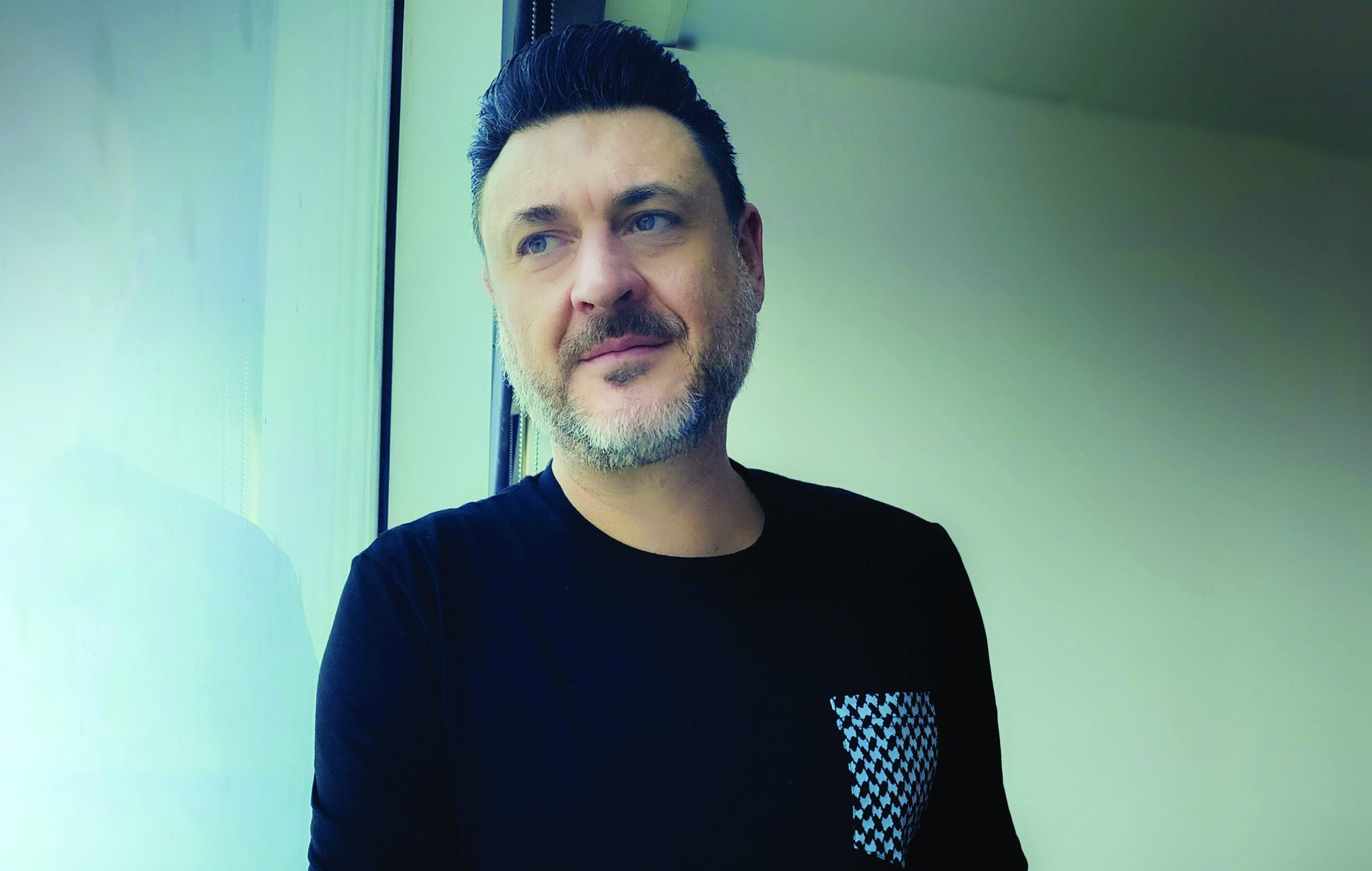Working on this article got me thinking about how the concept of brand love has transitioned through the years. Having spent what feels like a gazillion years in marketing, I have been a part of the transition. When you are a part of the process, the change doesn’t feel abrupt. It is a part of the global transition process, a global voice of an aware, educated, and conscious audience.
Yes, I am talking about the paradigm shift toward sustainability, climate awareness, diversity, equality, inclusivity and brands with a strong moral compass. The change was a long time coming. It wasn’t an overnight revolution, but a revolution nonetheless. With the liberalisation of information and the access to global media in the palm of our hands, the world is more connected and unified in purpose.
The meaning of brand love has evolved – from an undying love for a brand because of a transactional value, it is now on the trajectory of aligning with the moral personal values of the customers, global issues they stand up for, how they treat their employees and much more. It is about the bigger picture – what is their impact on the world and how do they decide to counter the challenges of this generation?
Simply put, brand love inspires brand loyalty and turns customers into advocates. Millennials and Gen Z together make up 4 billion people across the globe, changing consumer behaviour and shaping purchasing patterns. This combined generation has been more vocal than any other about the impact and responsibilities of corporates and governments toward ESG practices. They advocate for change for the better, reduction in emissions, equality, inclusivity and fair ecosystems.
I was born and raised in the apartheid era of South Africa. I have seen various forms of racism play out in front of me. While this era came to an end in the early 1990s, society still had a long way to go. In the early 2000s, as a young creative, when TV was the biggest medium of advertising, I got the most challenging opportunity, the one I could only dream of.
TV network SABC1 was actively trying to change the narrative in the country that had been corrupted by racism for the better part of the 20th century. We created an ad with the only goal of shaking things up, waking people up and taking notice, stirring the pot. The theme and the storyline were built on the concept of anti-racism. A dystopian world (at least for that time) where Caucasians (white people) were depicted to live the lives of native Africans and vice versa. The ad created waves in the media, drawing multitudes of different reactions. The thought of the underprivileged leading privileged lives and the other way around seemed to have completely knocked the socks off some people. We were driving the narrative of equality and the ill effects of racism, and we were seeing the reactions. Brands advocating for social change during that time wasn’t common practice, but brands that did definitely created a distinguished space for themselves with
the audience.
Today, audiences expect social advocacy from brands, and that is how they derive their connections. When Rihanna launched Fenty Beauty, the brand made a bold move and refused to retail in China (one of the world’s biggest consumer markets), as the rules of China required that the products be tested on animals. Fenty launched as a proudly cruelty-free and vegan brand and stood strong on its values even if it meant isolating a massive market. It was also one of the first brands to introduce complexion products for a wide range of skin colours and types, and used models from different ethnicities to showcase the inclusivity of the brand. Fast-forward to the present, and it is one of the most loved and followed brands in the cosmetics industry across the globe.
One of the best initiatives I have seen in the last decade is by Adidas. In 2015, Adidas partnered with Parley for the Oceans to turn marine pollution into sportswear. When the brand introduced the limited-edition sneakers with 7,000 pairs, the collection sold out instantly. This move by Adidas was lauded by audiences everywhere. The brand also supported Run for the Oceans and challenged people to raise money for the project by committing to contributing one dollar for every kilometre. Through this initiative, they organised multiple runs in megacities around the world, raising millions to support Parley’s initiatives. The brand makes approximately 400 million pairs of shoes annually; by 2019, it made over 11 million pairs with ocean waste. The moral of the story: The brand is making millions in revenue while actively countering one of the biggest environmental challenges in the world. Creating this sustainable change, aligning with the values of its customer base, the brand love quotient of Adidas has significantly increased.
Today, as a creative director, I see it everywhere. As important as it is to know our audience, it is becoming equally important to create a brand/product/service that has an ethical and honest foundation, that actively participates in creating meaningful impact, thus challenging the status quo. An authentic voice bolstering the human-to-human connection.










